Starting Tuesday, Trump will face his second impeachment trial. More than a year has passed since the first, of which, as is known, he was acquitted. Several things have changed. He is no longer president of the United States and Democrats are now a majority in the Senate.
Let’s review how the events happened the first time.
The first impeachment trial began on January 16, 2020, when House of Representatives prosecutors brought charges of abuse of power and obstruction of Congress before the Senate, on allegations that Trump had sought the help of the Ukrainian government to benefit. his 2020 presidential campaign. Chief Justice John Roberts led the trial.
On January 22, the Senate voted on a resolution proposed by then-Republican Majority Leader Mitch McConnell that gave prosecutors three days and the president’s attorneys three days for each side to present their arguments. Prosecutors – in this case Democrats – presented their arguments from January 22-24, while the defense was granted from January 25-28. Trump’s lawyers only used two hours of the 24 allotted. During the expositions, the senators had the opportunity to ask questions.
Days later, the Senate rejected a motion requesting the summons of witnesses and documents, by 51 votes against and 49 in favor. Republicans Susan Collins for Maine and Mitt Romney for Utah voted with the Democrats. It was not enough and thus, this was a process without witnesses or further evidence.
The parties offered final arguments on February 3. Some senators later explained why they would vote for or against the charges. To do this they had until voting day, February 5.
President Trump was acquitted of the two charges. Of the abuse of power with 52 votes in favor of Trump and 48 against. Utah Republican Senator Mitt Romney voted with the Democrats. On the count of obstruction of Congress, the result was 53 in favor of Trump and 47 against, in line with partisan representation.
In total, Trump’s first impeachment trial lasted two weeks and six days. The leadership of the parties in the Senate has stressed that a short process is expected in the second, to continue with legislative activities, such as the approval of a stimulus package to alleviate the covid-19 crisis and the confirmation of the members of the President Joe Biden’s Cabinet.
Former President Trump is charged this time with a single count: inciting insurrection, for his role in the assault on the US Congress on January 6. The former president’s defense has denied it and affirms that this process is unconstitutional because Trump is no longer in power.
To be found guilty would require 17 Republican senators to vote for the position, something some analysts see unlikely. It is not yet clear if there will be witnesses.
Presiding over the trial will be the senior Democratic senator, Patrick Leahy of Vermont. Judge Roberts decided not to bring the trial, unlike the first, because Trump is no longer president of the United States, Majority Leader Chuck Schumer said.




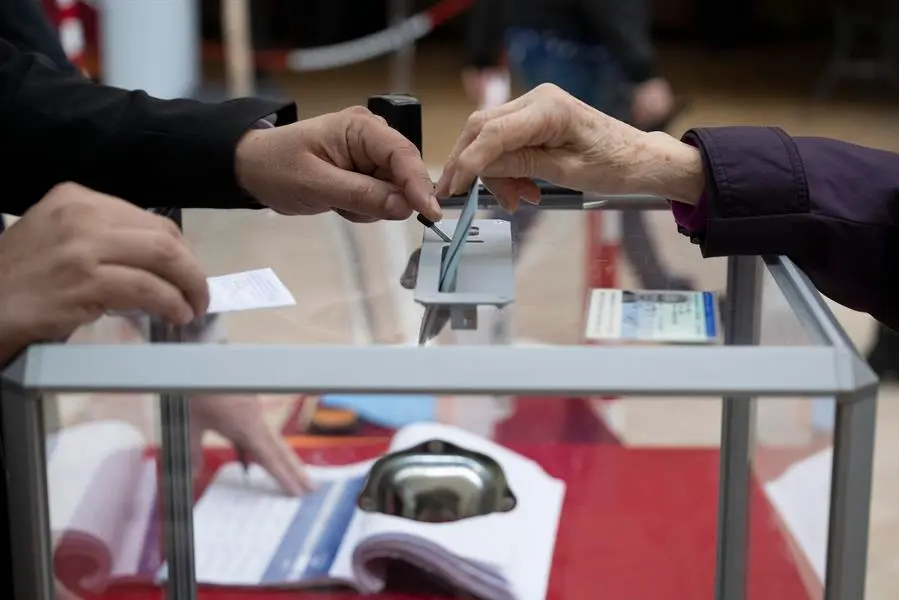


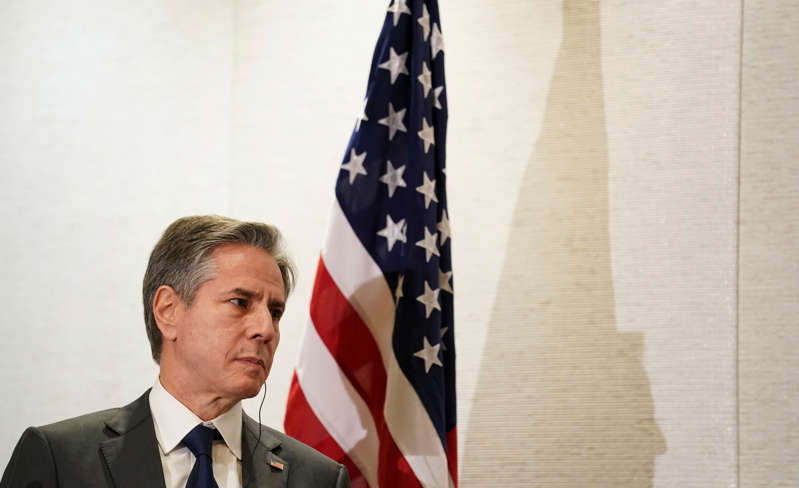





















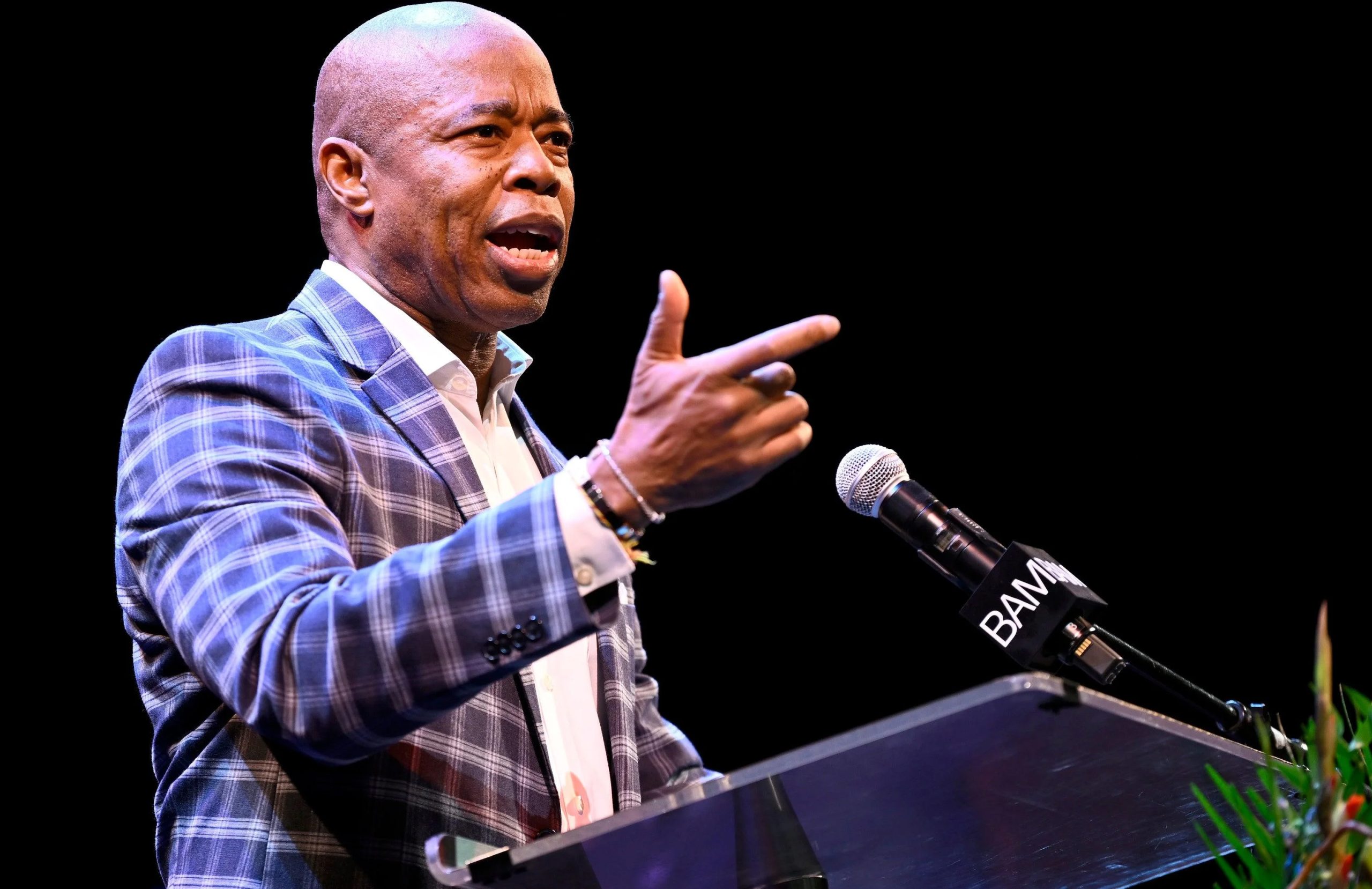


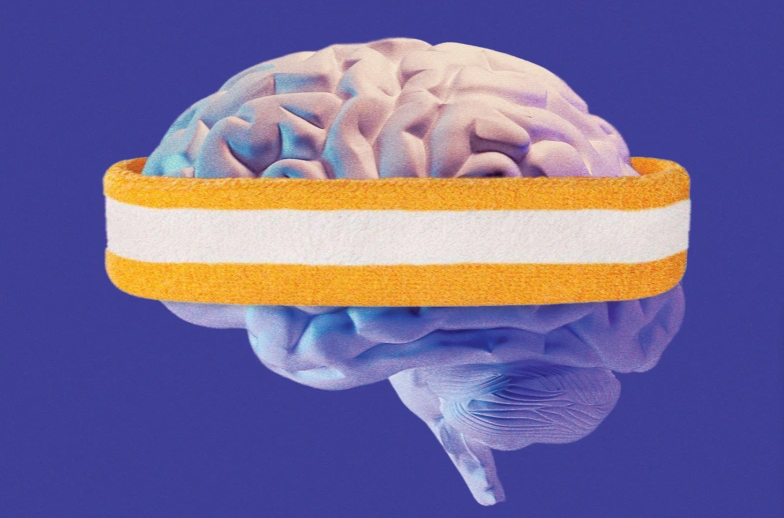















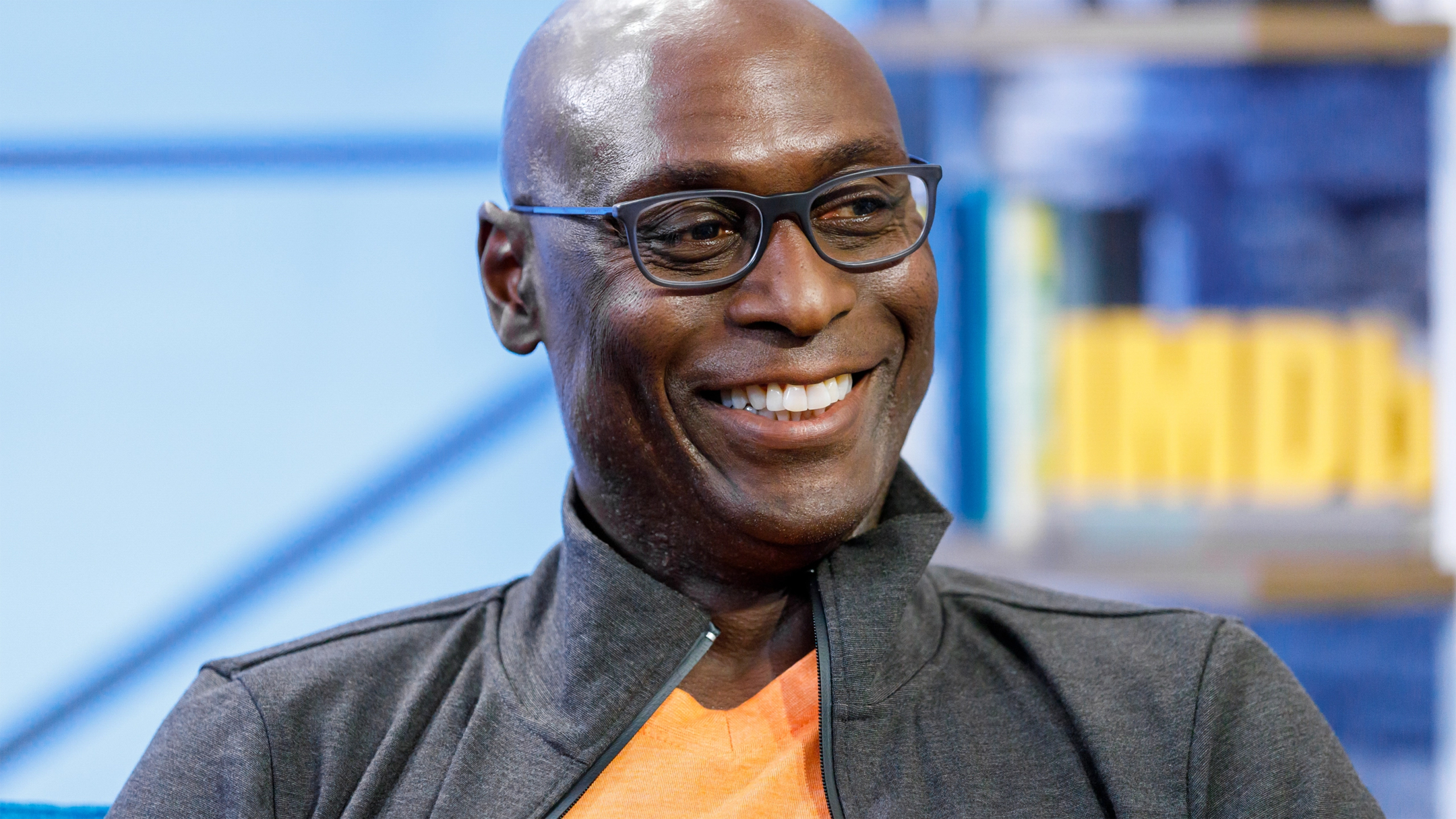



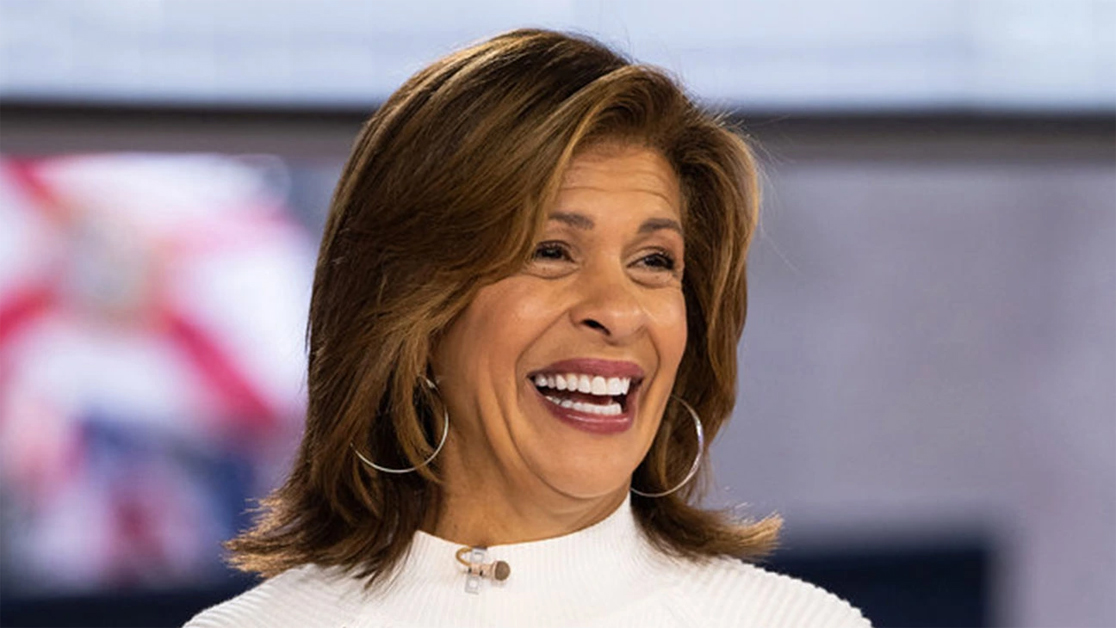














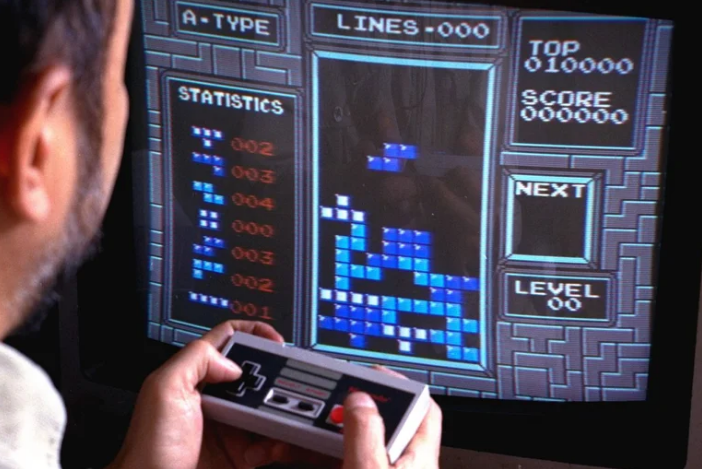

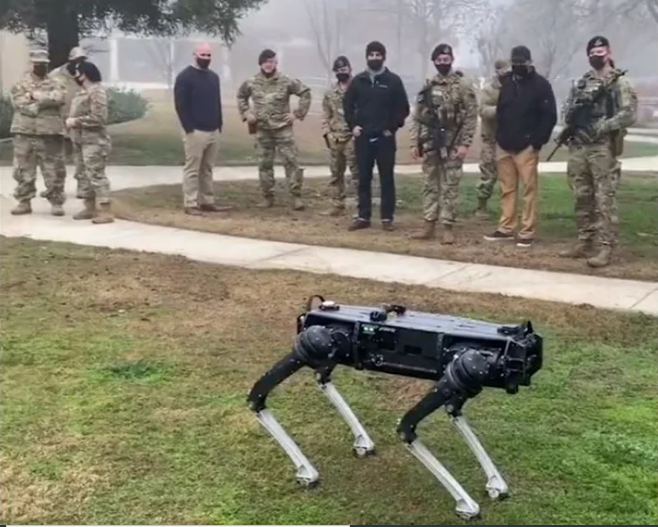

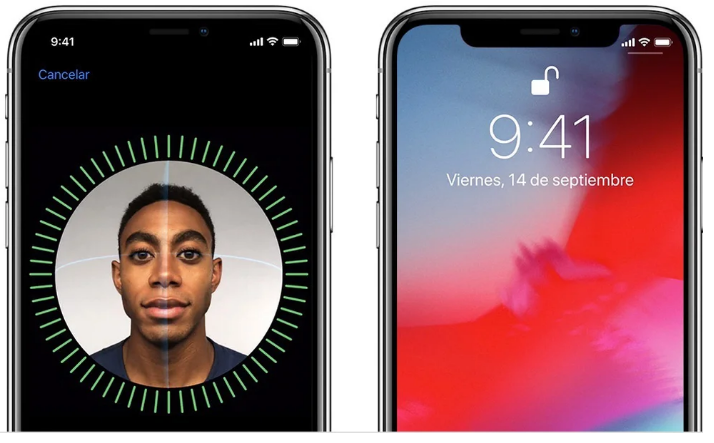










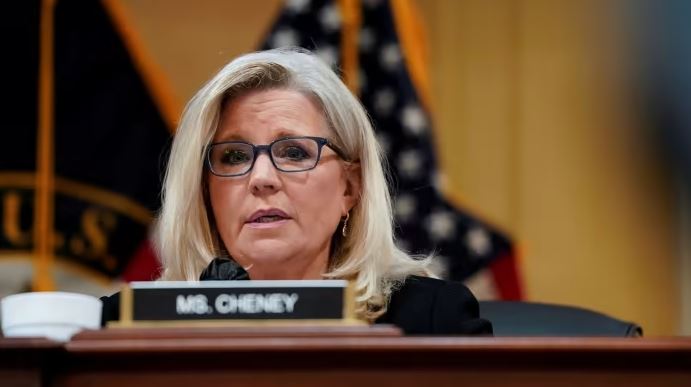
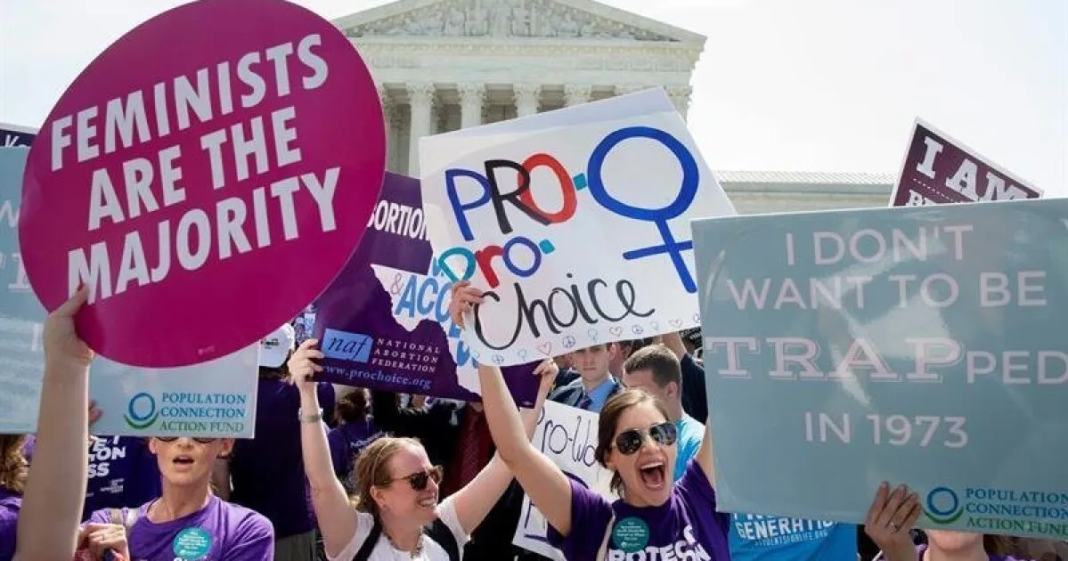

Some genuinely choice articles on this site, saved to my bookmarks . Sandy Miyamura